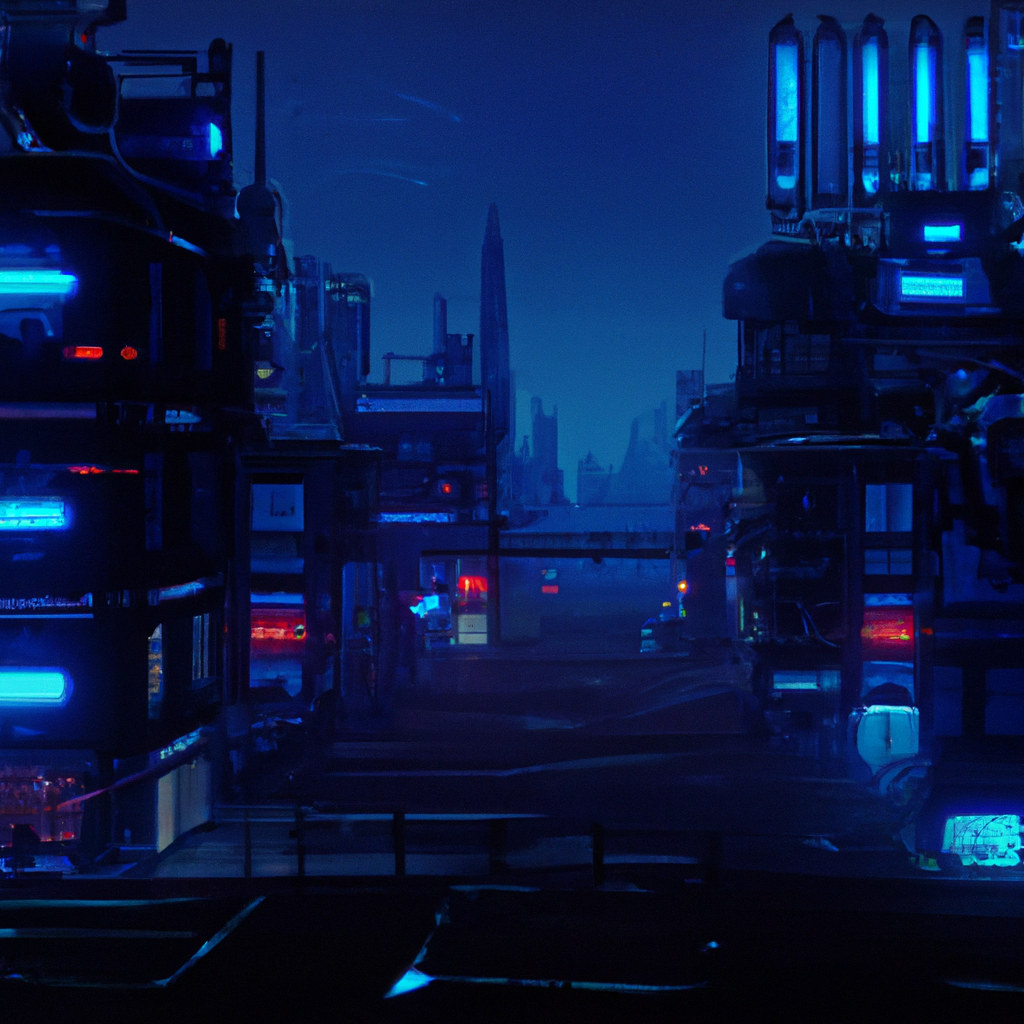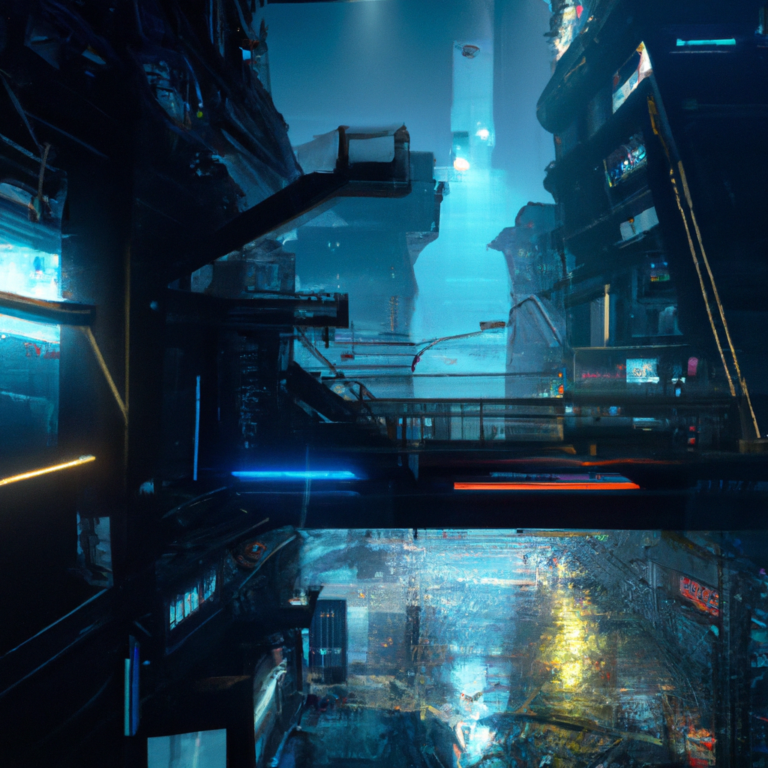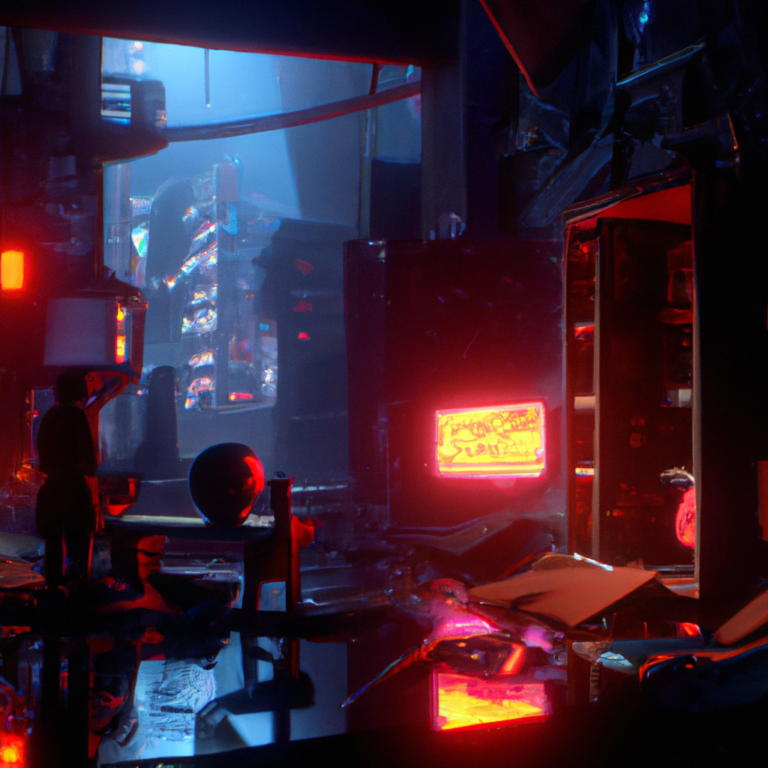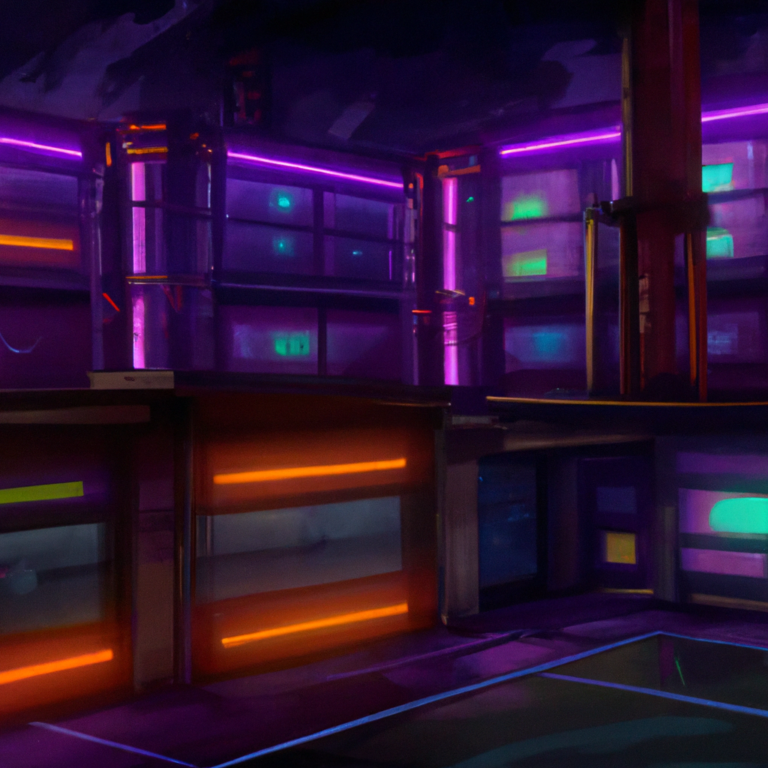“Unleashing Creativity: The Power and Potential of Procedural Generation in Game Development”
In the world of game development, there are various techniques that developers use to create immersive and entertaining experiences for players. One of these is procedural generation, a method that has risen in popularity over the last few years due to its ability to generate vast, unique, and unpredictable game environments.
Procedural generation, at its core, is the creation of content algorithmically as the game progresses. This is in contrast to standard methods of game development, where developers manually create a game’s content. The critical aspect of procedural generation is that it allows for a vast amount of content to be created with a fraction of the input required for traditionally designed games.
One primary use of procedural generation is in creating game environments. Rather than designing every mountain, forest, or city by hand, developers can use algorithms to generate them automatically. This not only saves time but also allows for a much larger game world. Games like “Minecraft” and “No Man’s Sky” are famous examples of games that use procedural generation to create their environments.
Procedural generation isn’t limited to environments, though. It can also be used to create other elements of a game, such as quests or enemies. For example, a game could have an algorithm that generates random quests for players to complete, ensuring that no two playthroughs are the same. Similarly, enemies can be generated with random attributes, making each encounter unique and unpredictable.
Procedural generation isn’t without its downsides, however. One of the biggest challenges with this technique is maintaining a level of quality and consistency. Since the content is generated on the fly, it can sometimes lead to less polished or disjointed experiences. Therefore, it’s often used in conjunction with traditional game design methods to ensure that the game is still engaging and enjoyable.
Another challenge is that procedural generation can sometimes lead to a feeling of sameness. Since the content is generated from a set of rules, certain patterns can begin to emerge that make the game feel repetitive. This is where the creativity and skill of the game developers come in, as they need to design their algorithms in a way that produces varied and interesting results.
Despite these challenges, procedural generation has a lot of potential in game development. It allows for a level of variety and scale that would be difficult to achieve with traditional methods. It can create unique and unpredictable experiences for players, keeping them engaged and making each playthrough feel fresh and exciting. As technology and techniques continue to improve, it’s likely that we’ll continue to see more innovative uses of procedural generation in games.
In the end, the key to successful procedural generation lies in the hands of the developers, their creativity, and their ability to balance the randomness of the generated content with the need for a consistent and engaging player experience. By leveraging the potential of this method, developers can create expansive, dynamic, and immersive worlds that players will want to explore time and time again.






